5 Exclusive Lanterns
The project consists from “5 conceptual lanterns”, each of which has the function. Lanterns are visible from apart — by the way, during day heat they create a shade.Night Chinese Street
VIA «Design kilometre»

VIA «Design kilometre»


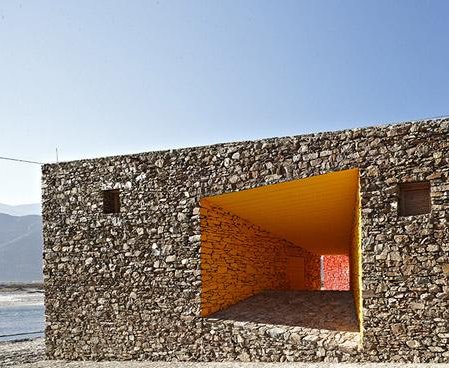
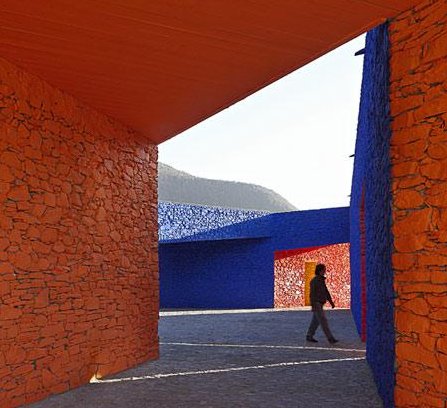
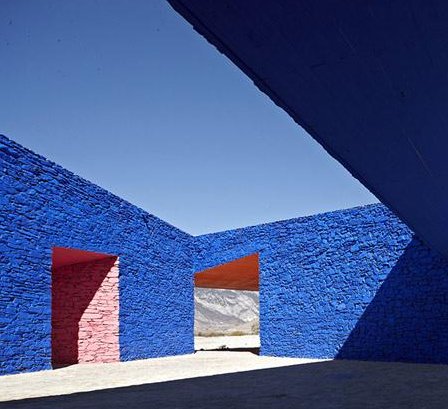
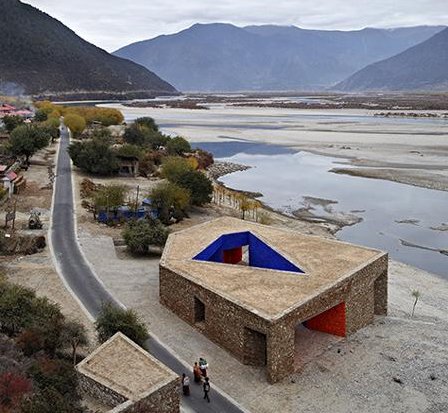
VIA «The centre for visitors on the bank of the mountain river»




The throne, made of rosewood and inlaid with gold and a floral pattern, was owned by philanthropist Li Chunping.
It took him three years to buy the throne from a descendant of a royal highness of the Qing Dynasty in Tianjin.
Li said the final price was lower than he expected and that the throne will have a higher value after two or three years.
A buyer from Beijing bought the throne after three rounds of bidding.
Source: China Org [January 13, 2015]


The project of Park of the World has been initiated by a municipal government of the city of Chungju in honor of that now the Secretary general of the United Nations is the native of this city, Ban Ki-Moon. Having stretched on river Namhangang coast, the project becomes the new city center.
The building in the form of an ellipse, the maximum diameter — 60 meters becomes United Nations monument. In a building of 8 floors + a basement floor. In the center — an audience on 1,500 places, and also additional conference halls. From an audience the fine kind on Tangeumdae Natural Park will open.
Rising up a spiral, the building becomes the house for an exhibition in which the history of the United Nations since 1945 till today will speak. The person who is the center of interest of missions of the United Nations, will be integrated into architecture and appearance of "globe". The building will be located in the center of a garden from 192 apple-trees which number is equal to number of the states which are members of the United Nations.

A fire in the southwest of China has destroyed the 600-year-old Gongchen tower, part of an ancient city gate in Weishan county in Dali prefecture, Yunnan province.


The fire started at about 3 a.m. on Saturday. Firefighters struggled for nearly 2 hours to put out the flames. About 300 square meters of the architecture was burnt down. No causalities have been reported and the cause of the fire is still under investigation.

The Gongchen tower was a city gate tower, which was built in 1390 during the Ming Dynasty. It was listed as a key cultural protection site in Yunnan province. Last month, a fire engulfed an ancient Miao village in southwest China's Guizhou Province.
In 2006, China nominated the village as a UNESCO World Heritage site. And in January last year, Dukezong Ancient Town, in the famous resort county Shangri-la in Yunnan province, was also burned down in a fire. The so called "Moonlight City" is one of the most renowned resorts in Shangri-la, known for its well-preserved ancient Tibetan dwellings.
Source: CCTV [January 04, 2015]




In the modern world you are surprised — as architects of the past could build approximately in one style, according to the general mood of an epoch, and consider it as art?
In Competition on Originality there was a new applicant. Peking bureau MAD has offered the skyscraper project on which each floor gardens will blossom.
The basic feature of a design — not at height, and on horizontal saturation. The tower represents a heap of the floors, one on another where each layer will shift aside, thus creating open space for a patio and gardens. A 385-metre tower name Urban Forest.

By the end of 2009 year architects plan to finish work on the design concept. The tower becomes the third studio in a portfolio. The studio offers new directions for development of city architecture in China. Namely actualization of ecologically steady multiplane structures which would return the nature in cities. The city of Chongking became the fourth on size a city of China in 1997.


So much so that battle plans would be drawn up to specifically give the castle at Zhangjiakou, in China's northern Hebei province, a wide berth.

Now archaeologists have begun a daunting project to restore the once-mighty site to something approaching it previous glory, in particular the dilapidated outer wall that repelled every attack which invading Mongolian armies could throw at it.

The restoration of the fortress - which was given the coveted title of 'Wucheng' or 'Martial City' after its construction in 1393 - will see building work completed in the original Ming Dynasty style of architecture, Cinese sources report.

The project will see the restoration of the Ming and Qing era commercial districts, the Great Wall Martial Museum, the Golden Harvest Academy and performance theatres as well as the opening of the Red Tourist Route, with all work planned to be complete in 2016. The restoration work will also include the ongoing protection of surviving structures.
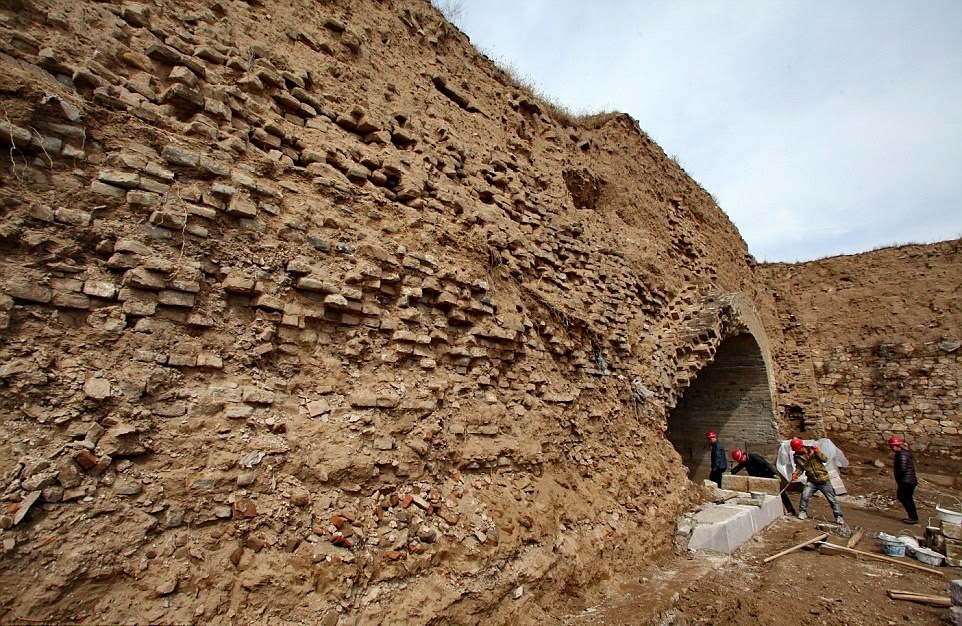
The castle in Wanquan county - known in China as a 'living fossil of the Ming military system' - was built in 1393 but is relatively well-preserved, especially the interior city area which includes the residences of generals and wealthy merchants.
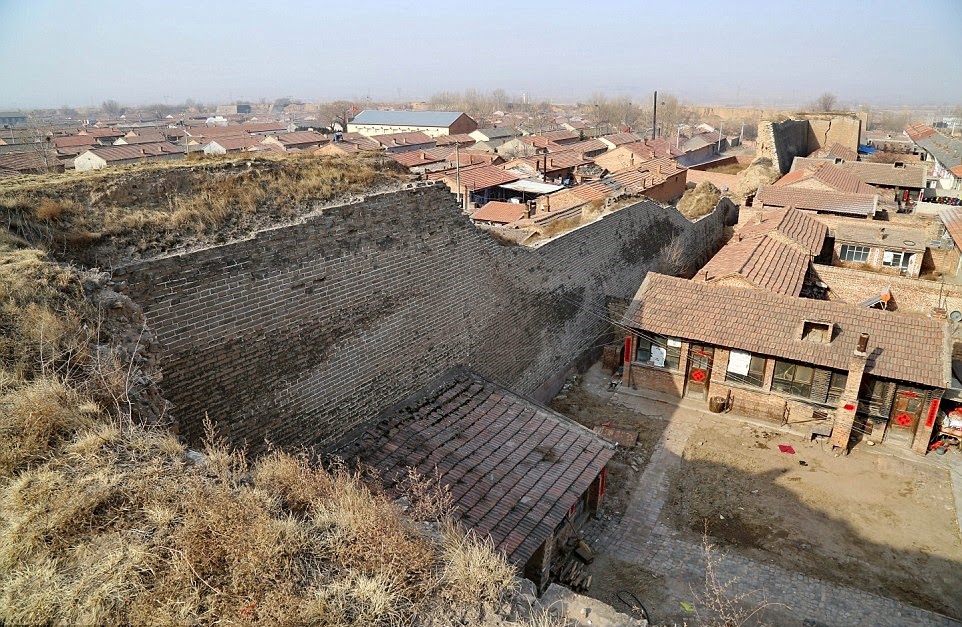
The fortress has huge historical, cultural and military significance and has key cultural relic status in China.
Author: Edward Chow | Source: Daily Mail Online [April 07, 2015]


The robbery, at the Empress' Chinese Museum housed by the palace, was over in seven minutes, the authorities said.
Among the items taken was a replica of a crown of the King of Siam, now Thailand, given to Emperor Napoleon III in 1861.
Officials at Fontainebleau palace called the objects "priceless".
"They were among the most beautiful pieces in the museum," said Jean-Francois Hebert, who runs Fontainebleau, about 50km (30 miles) south-east of Paris.
"We think they (the thieves) were very determined, knew exactly what they were looking for and worked in a very professional manner," he added.
The palace has been used by French kings since the 12th Century. It is now a national museum and a UNESCO World Heritage Site.
The Chinese Museum houses works once belonging to Empress Eugenie, wife of Napoleon III.
The French culture ministry described it as "one of the most secure parts of the palace, equipped with alarms and surveillance cameras".
An investigation is under way.
Source: BBC News Website [March 02, 2015]



According to China's State Administration of Cultural Heritage, UNESCO has already made a preliminary review of the application. A series of official documents to protect the ancient site of rock paintings in Huashan Mountain were issued. So far, around 150 million yuan has been invested on the relevant work to preserve the site. Better management and enhanced conservation efforts have been launched.
The rock paintings of Huashan Mountain are located on the west bank of the Mingjiang River in the Yaoda town, Ningming county, Guangxi Zhuang autonomous region. It is the biggest, most content-rich and best-preserved ancient rock carvings in China among all the discovered cultural relics to date. With a history of around 1800-2500 years, the sites were left from sacred activities of the ancient Luoyue people of the Zhuang ethnic groups in the drainage area of the Zuojiang River during the Warring States period (475-221BC) and Eastern Han Dynasty (25-220AD).
The whole painting stretches more than 200 meters in length and around 40 meters in height, with more than 1800 images in it, including people, horses, dogs, knives, swords and drums. Though a variety of archaeological theories have been made to explain the origin of the ancient artistic work, the exact reason for its creation still remains a mystery.
Source: China Daily [February 04, 2015]










